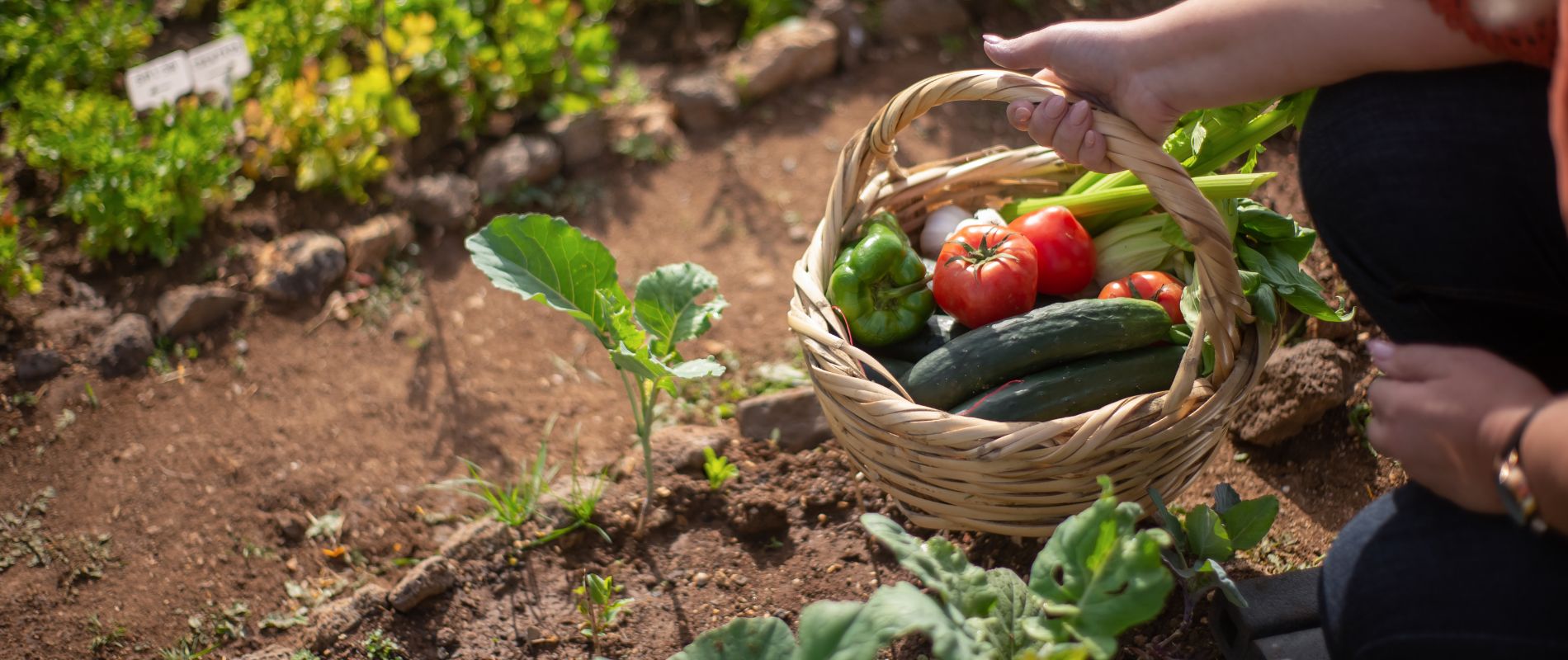Earlier this year at the Future of Ag-Innovation panel discussion hosted by CEAT, Christine Mulhearn from the Department of Agriculture Water and the Environment spoke briefly about the role of supply chains and consumer demand in the agriculture industry. While Christine spoke of the opportunity people’s desire for specific luxury food items and seasonal produce all year round provides the agricultural industry, it also creates a weakness in tackling agriculture’s impact on the environment.
As Christine so eloquently described, “We’re used to be able to go and buy things; you go to your local produce area, you pick what you want, when you want and how you want, in the size you want, the shape you want and the availability you want”. When shocks to the system, such as the pandemic, impact food supply chains and shelves are bare of some products, it can be quite distressing to consumers who are confronted with the reality of where their food comes from.
While pandemic-induced food supply shortages have passed for now, the impact of climate change on food availability and price is an ongoing concern. While suffering from the impact of climate change, the agriculture industry also makes a substantial contribution to greenhouse gas emissions and land use change. Australia’s food production and consumption systems will have to adapt for a future of urbanisation, increasing global population, and climate change, as well as a growing desire for affordable, sustainably-produced, nutritious food.
One program working at a grassroots level to encourage sustainable consumption and rebuild our connection with where our food comes from is the Stephanie Alexander Kitchen Garden Program (the Kitchen Garden Program). The Kitchen Garden Program seeks to provide pleasurable food education to primary school children in alignment with the Sustainable Development Goals.
At Majura Primary School in Canberra, children in years 3, 4 and 5 spend time in both the garden and the kitchen as part of the program. Lou Rodgerson and Thea Young ran the Kitchen Garden Program at Majura for several years and said it was rewarding seeing the kids enjoy the fresh, seasonal food.
From garden to plate
At Majura children learn about growing produce – including seed propagation and sowing, prepping garden beds, composting, chicken care, and general garden safety. The garden produces tomatoes, berries, lettuce, herbs, and more! When Lou ran the kitchen she designed her weekly menus based on the fresh seasonal produce that was available. Most of what the children prepared and ate was produced in the garden just metres from the kitchen entry. Only essentials, such as flour and olive oil, and a few extras were purchased externally. The kitchen classes included harvesting and cleaning the fresh produce before immediately incorporating it into the meal they were cooking. For kids that were used to seeing the vegetables for dinner come out of the freezer, this was a massive learning experience.
The lifecycle of food
When working with the Majura students, Thea and Lou emphasised the importance of the life cycle of produce from the garden to the kitchen and back. Kids were involved in the whole life cycle, from seed viability tests, to harvesting the produce, composting the waste, and finally returning the compost to fertilise the soil. They also learnt about preserving foods for long term storage. By eating produce they grew and watching compost go back into nourishing the next plants, the kids learnt about the life cycle and timeline of production and the importance of eating seasonally.
Teaching sustainability in schools and across the community
Lou dreams of expanding the reach of the program nationally to community groups such as the YWCA for disadvantaged or migrant women, new schools and broader age groups, or even youth detention centres. Thea has started a new job embedding education on these practices in another school system as a cross curriculum activity on sustainability. There is still much to achieve but the goal is to incorporate concepts of sustainable living as a priority across the whole curriculum rather than in just a few classes.
Local food production
It is, however, necessary to point out that in our increasingly urban society, it is hard for children to act on the food practices they are learning. Both Thea and Lou point out that a veggie patch in the back yard is very hard to make efficient and productive. Luckily, they have ideas on how this can be improved so that we can one day produce food locally to increase dietary diversity and community interaction, decrease food miles and environmental impact, and produce ethical clean produce.
One way to do this is through community gardens. In this system, members collectively tend to a large community garden and then share the harvest. This is already being practiced in some urban areas. Another way this could be achieved is through households specialising in a particular species to increase efficiency and productivity. The participating households could then share produce, and all together create a diverse garden of specialised efficient systems.
The Kitchen Garden Program is an amazing example of how we are changing the next generation’s perspective on food consumption and sustainable food practices. This new perspective provides opportunities for change in food supply chains, and decreasing the environmental impact of what we eat. We may not always be able to buy what we want, when we want it, but hopefully we can plant what we want, harvest what we want, and eat sustainably-produced, safe and seasonal food without the burden of environmental damage and health concerns.
